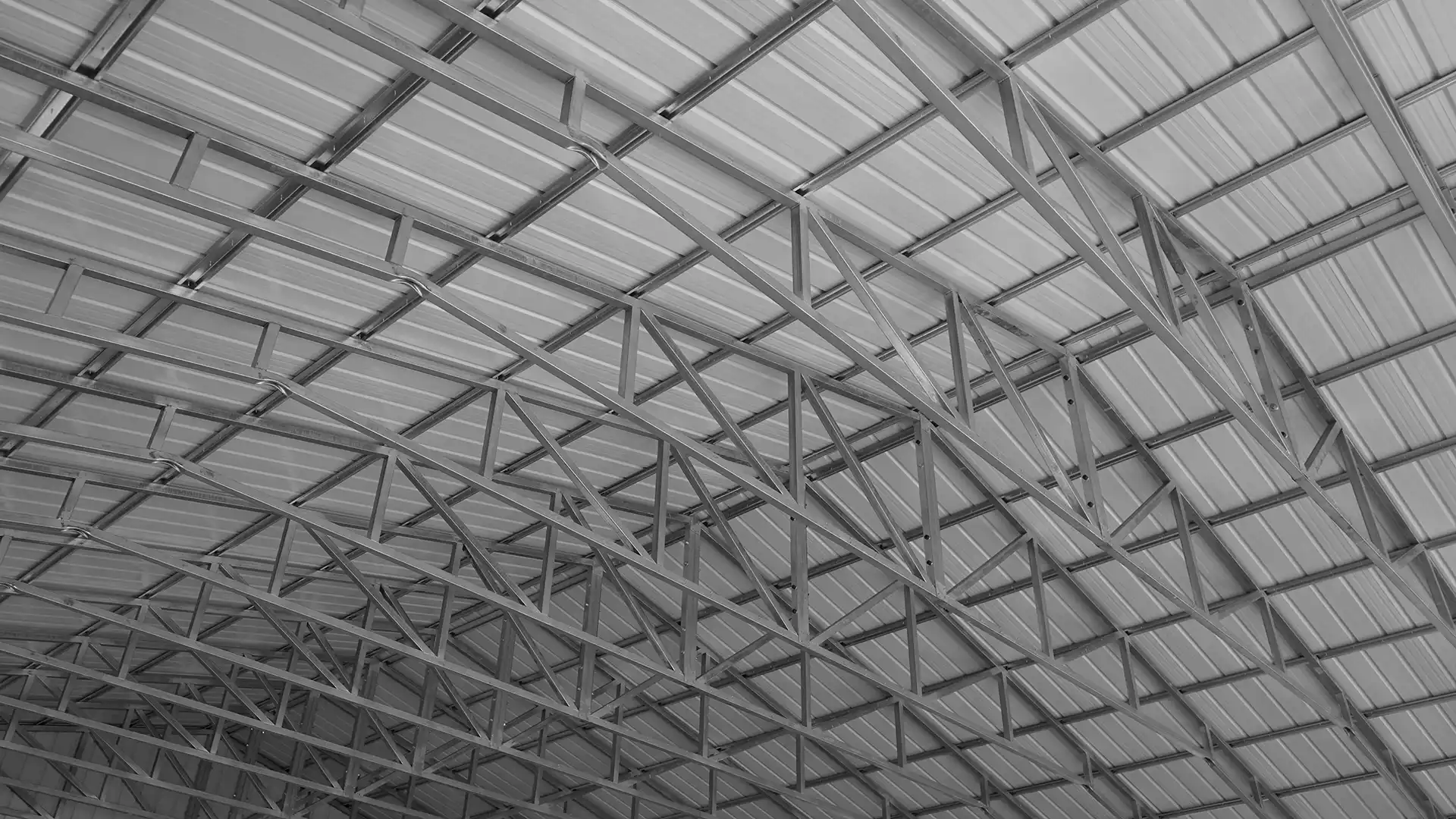Carports may be simple and relatively humble structures, but they have a surprising amount of history behind them. While carriage houses and garages both pre-date carports specifically, these structures have been around longer than you might assume. Exploring how carports have evolved and changed over the decades can help you understand why many of the features common to modern metal designs are considered standard. Get some historical inspiration for your next home or business expansion with this tour of the evolution of the carport.
Barns, Lean-tos, and the Auto Space
During the earliest years of cars from Benz and Ford's factories only reaching a few thousand people per year, carports and garages simply weren't available yet. Yet these vehicles were also highly sensitive and often featured mechanical parts or varnished wood panels that could be ruined by a single rainy night. Early drivers experimented with repurposed spaces previously used for carts, carriages, and houses. While wealthier car owners usually rolled their Model Ts right into the carriage houses that once stored their horse-driven coaches, drivers without manor houses turned to barns instead. If there was no barn handy, building an improvised lean-to next to the home with a simple sloped roof created the first purpose-built covered space we would eventually come to call a carport. When these lean-tos were called anything in particular, they were often given the name "auto space" to reflect their use.
Frank Lloyd Wright's Coining of the Word
As the early teens and 1920s rolled on, cars became more and more common. In 1938, Frank Lloyd Wright designed a series of homes in what came to be known as the Usonian style. Since these homes were designed for growing families living in modern and developing cities, he added open and covered outdoor structures in the drive area. He was also the first person to use the specific term carport to describe this attached structure, taking his inspiration from the French term porte cochere that means covered portal. As car culture continued to grow and develop both in the US and Europe, the term carport took off along with the car and spread widely despite starting out just with one architect's designs.
Questioning the Need for Cover
As car designs and manufacturing methods developed, manufacturers began to promote the idea that their cars didn't need any special storage. While that was technically true, even cars manufactured in the 1950s and 60s weathered faster and lost color when exposed constantly to sun and rain. No amount of clear coating or careful maintenance could completely protect cars from the effects of exposure. As car owners started to keep their vehicles for a decade or longer thanks to improved engines and body panels, they saw how spending years outside affected their beloved vehicles. Car owners that wanted to hand their cars down to their kids started to realize that garages and carports were essential for helping their vehicles live longer lives.
Obvious Benefits to Enclosed Storage
The 1970s and 1980s saw the widespread embrace of carports to keep rain, snow, and UV rays off of both collectible and daily driver vehicles. These car owners saw the obvious benefits of enclosed storage, including opportunities for security. This is when the first enclosed carport designs began to emerge to keep thieves from breaking in or stealing valuable cars. Carports and garages overlapped quite a bit during this period because standardized designs were rare and different architects handling various planned developments would have varying ideas on how to best store vehicles next to a home.
Custom Built Structures of Varying Quality
During the many years of carport development, these structures were build individually and varied greatly in quality, style, and design. Some carports were simple structures of wood and asphalt shingles that began to bow and lean after just a few years of use. As the 1980s drew near to the 1990s, metal carports built from pre-engineered kits began to arrive on the market. This revolutionized the carport industry by ensuring everyone could access a durable, affordable, and easy to install structure.
Metal Carports and Standards of Construction
Today's metal carports meet a much stricter standard of construction than those built in previous decades. If you're wondering when your older and aging carport was built, you're likely ready for a replacement. Pre-engineered buildings are more reliable, affordable, and easier to customize than the old stick-built designs. Check out what's available today to find a great replacement for any worn carport on your property.



